How to downsize without compromising on style – 7 tips from interior designers
How to make moving to a smaller home an enjoyable experience

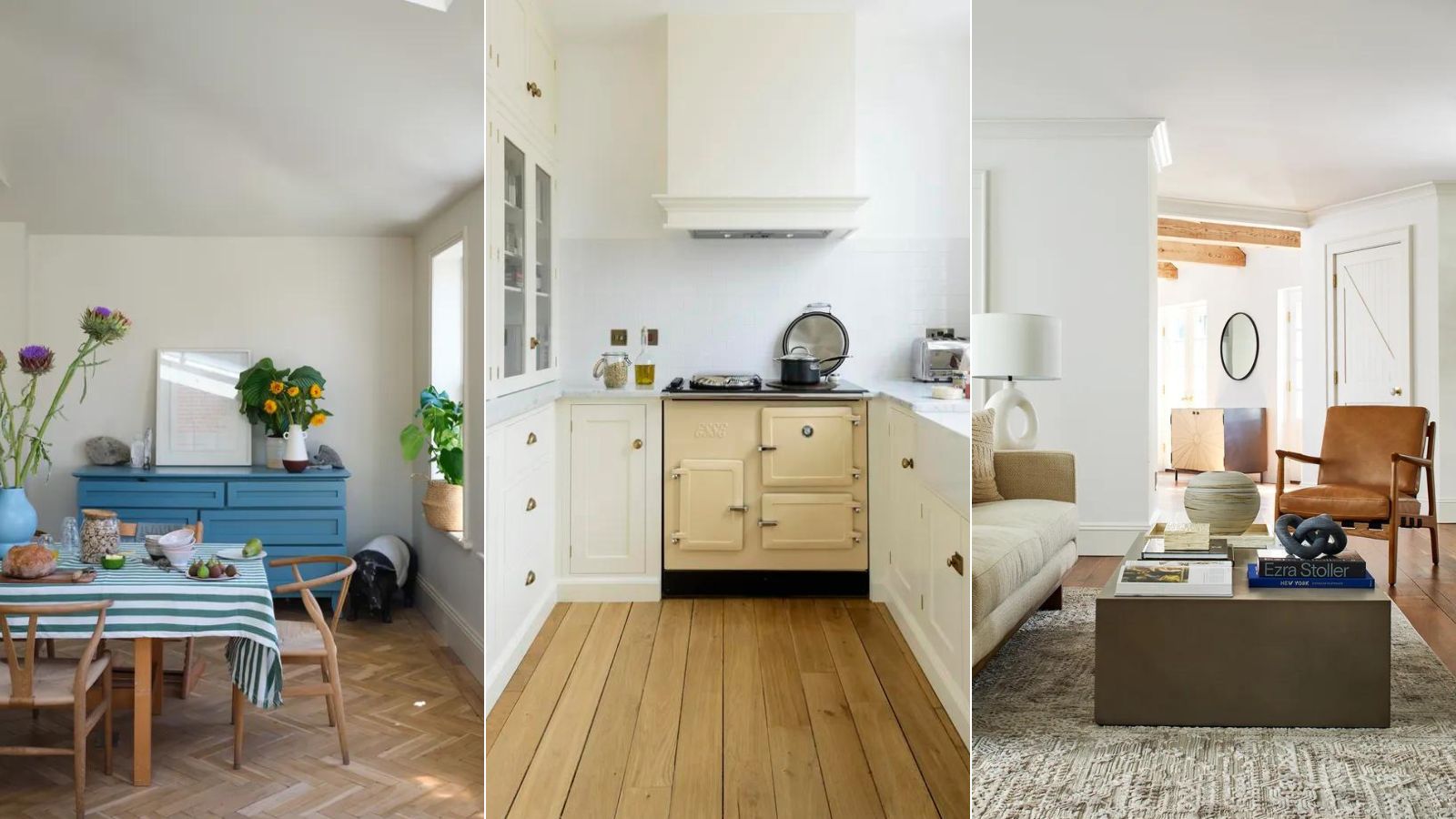
It’s a rare creature that actively enjoys moving house and if you’re downsizing to a smaller property, the whole process can seem daunting. The old cliché that moving house is one of life’s most stressful tasks is, sadly, not always a cliché at all.
You can take a lot of the stress out of moving by being organized in advance – for instance, making a moving house checklist and decluttering to downsize your belongings so everything is organized in advance. But what about the next steps beyond that? How can you downsize without having to compromise on your style?
7 expert tips for downsizing in style
Just because you’re downsizing, it doesn’t mean that you have to give up on your personal interior design style and cherished belongings. One of the reasons that people find it hard to downsize is the worry of keeping their treasured possessions and making them work in a smaller space, whilst also working with a new home and layout.
Not sure where to start? Our interior design experts have laid out their essential tips below to help you downsize in style.
1. Start with a floorplan
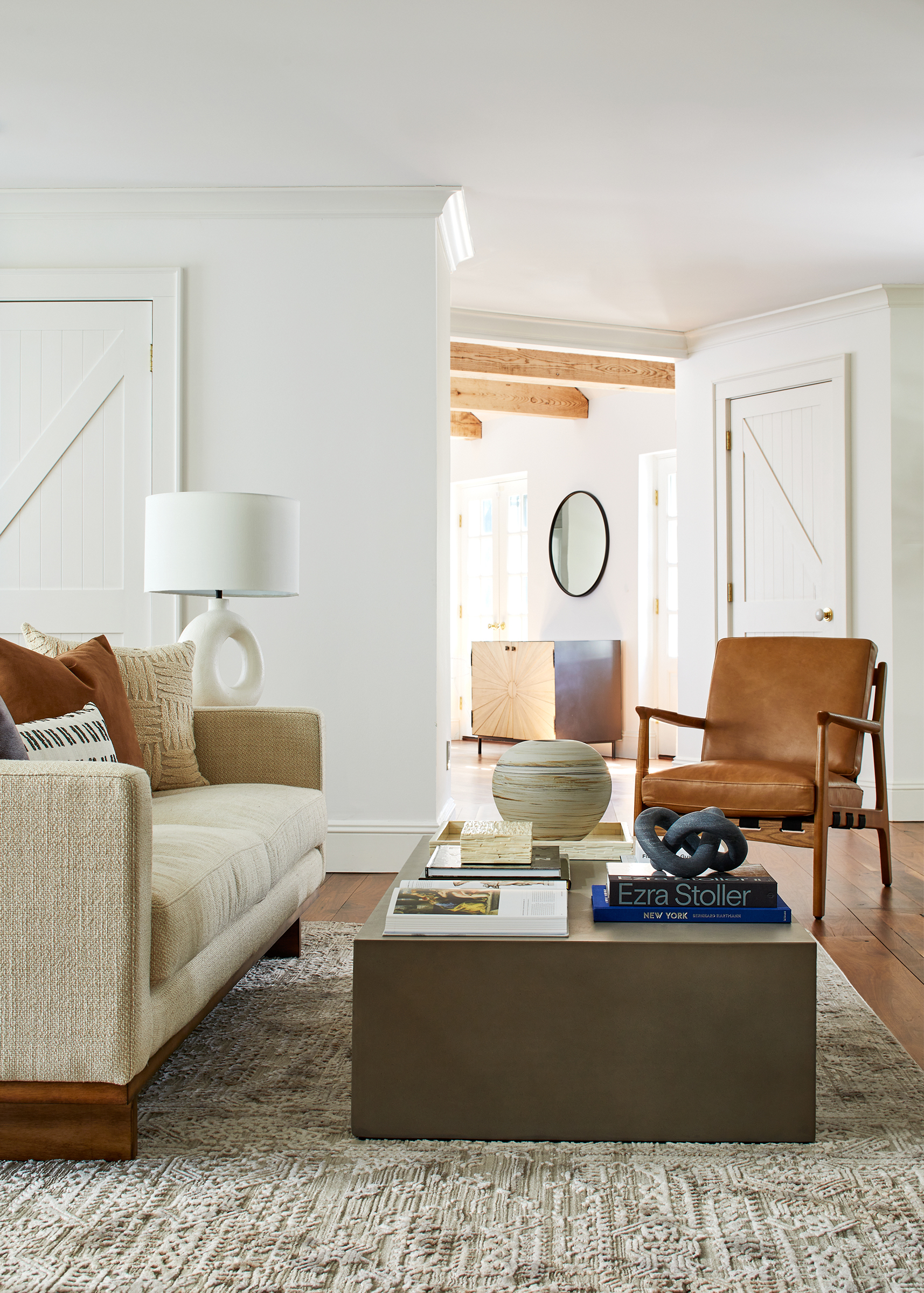
'My first tip when downsizing your space is to have a professionally done floor plan with accurate measurements in order to see what you have currently that will fit,' says Amy Youngblood, founder of Amy Youngblood Interiors. 'Nothing is more of a waste of money than to move furniture that ultimately is too big for the space.'
A floorplan helps to give you a foundation for your new space along with removing any ‘will it/won’t it’ questions about what will fit in when you’re downsizing. Think of the floorplan as your base layer in a new home – as one of the ‘Three F’s’ of interior design (floorplan, finishes and fixtures) it’s the starting point for creating balance in your interior design.
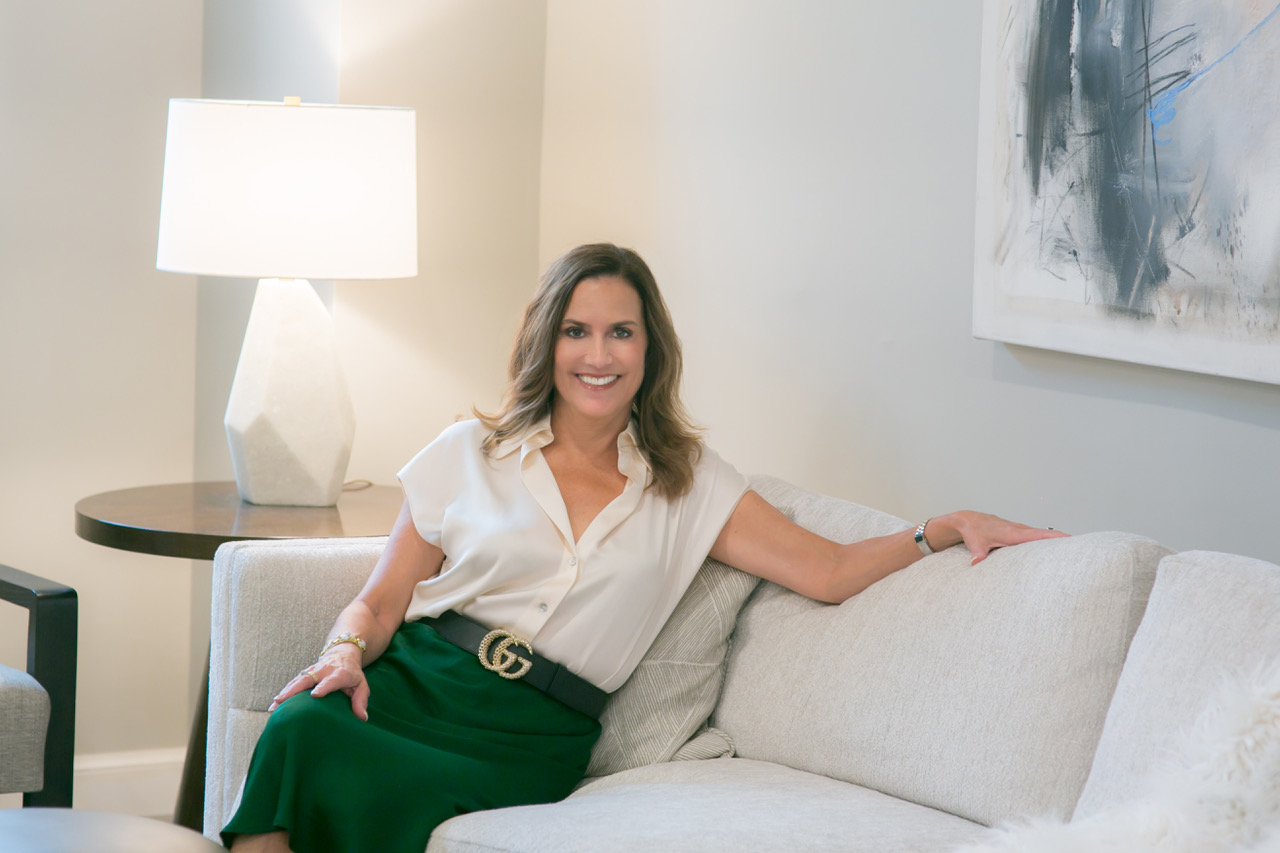
Amy Youngblood began her career in interior design over 20 years ago. She has worked for several interior design firms, both residential and commercial. With a strong background as an accomplished artist, Amy fused her creative abilities along with her business and design experience to launch Amy Youngblood Interiors in 2009. Both Amy’s artwork and design commissions have been featured over the years in the local and national media. Amy’s appreciation of all styles has made her known for her clean lined, yet comfortable, sophisticated look.
2. Multifunctional rooms and furniture
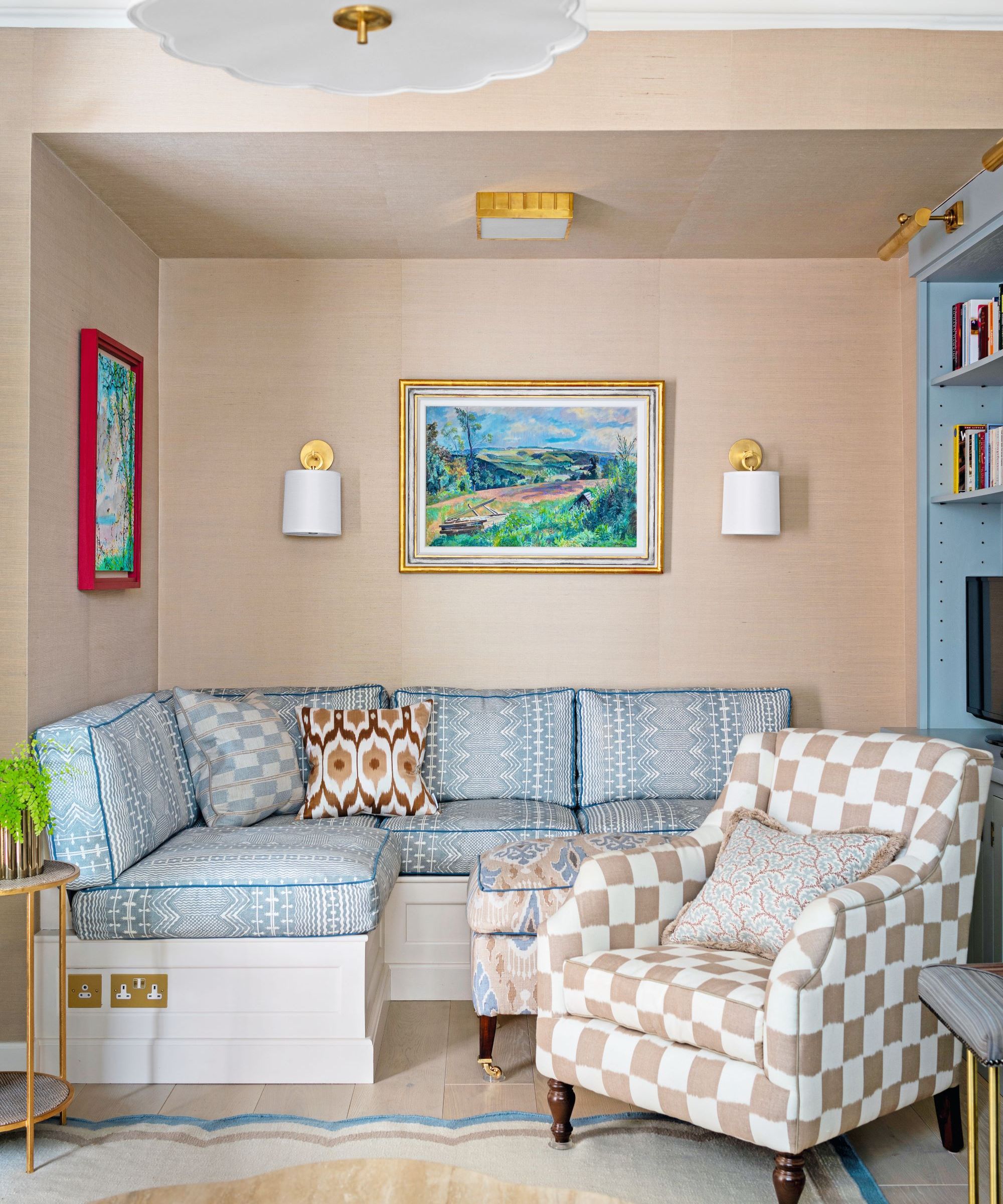
A smaller space requires a little creative thinking when it comes to how you use rooms and the furniture in them. This is where multifunctional rooms and furniture can really come into their own, as Maria Vassiliou of Maria Zoe Designs explains, 'Downsizing doesn't mean you have to sacrifice your dream aesthetic. Think about multifunctional rooms that can serve many purposes throughout the year. If you have a den that you work from, but you also have guests come and stay sporadically, why not consider a desk that can also transform into a Murphy bed?'
Design expertise in your inbox – from inspiring decorating ideas and beautiful celebrity homes to practical gardening advice and shopping round-ups.
It's not just rooms that can fulfill multiple purposes, as designer Matthew Williamson explains, 'Focus in on a few key pieces that work hard within the space. A decorative chest of drawers that can be a storage-filled side or coffee table, or bookcases that can become practical workstations, for example.' Tara Brien and Julie Croll from Roo’s House suggest taking this a step further and repurposing items, 'Forget the existing layout of your cherished pieces. The linen press on your landing could be transformed into a storage unit in your kitchen, an ottoman at the end of the bed could become a coffee table, etc.'
3. Embrace colour

© Matthew Williamson / Iaia Cocoi
There’s a tendency to shy away from using color in smaller spaces but, as Matthew Williamson explains, it’s all about understanding how to use it, 'I’ve always been an advocate of using color in the home in all rooms, regardless of their size. It’s really about understanding how you want to feel in the space in question and then choosing a shade that will help reflect and embody that feeling and mood. Color used in a small space will tighten the scheme and enable all your other choices in the room to hang together well.'
Bolder colors are particularly popular now, as Cris Sega, Sales Designer at Tom Howley, says, 'Inky blues, dark greens, and warm maroons are taking center stage at the moment even in smaller spaces. No matter how much space you have available, these colors will always create a stylish and timeless statement.'
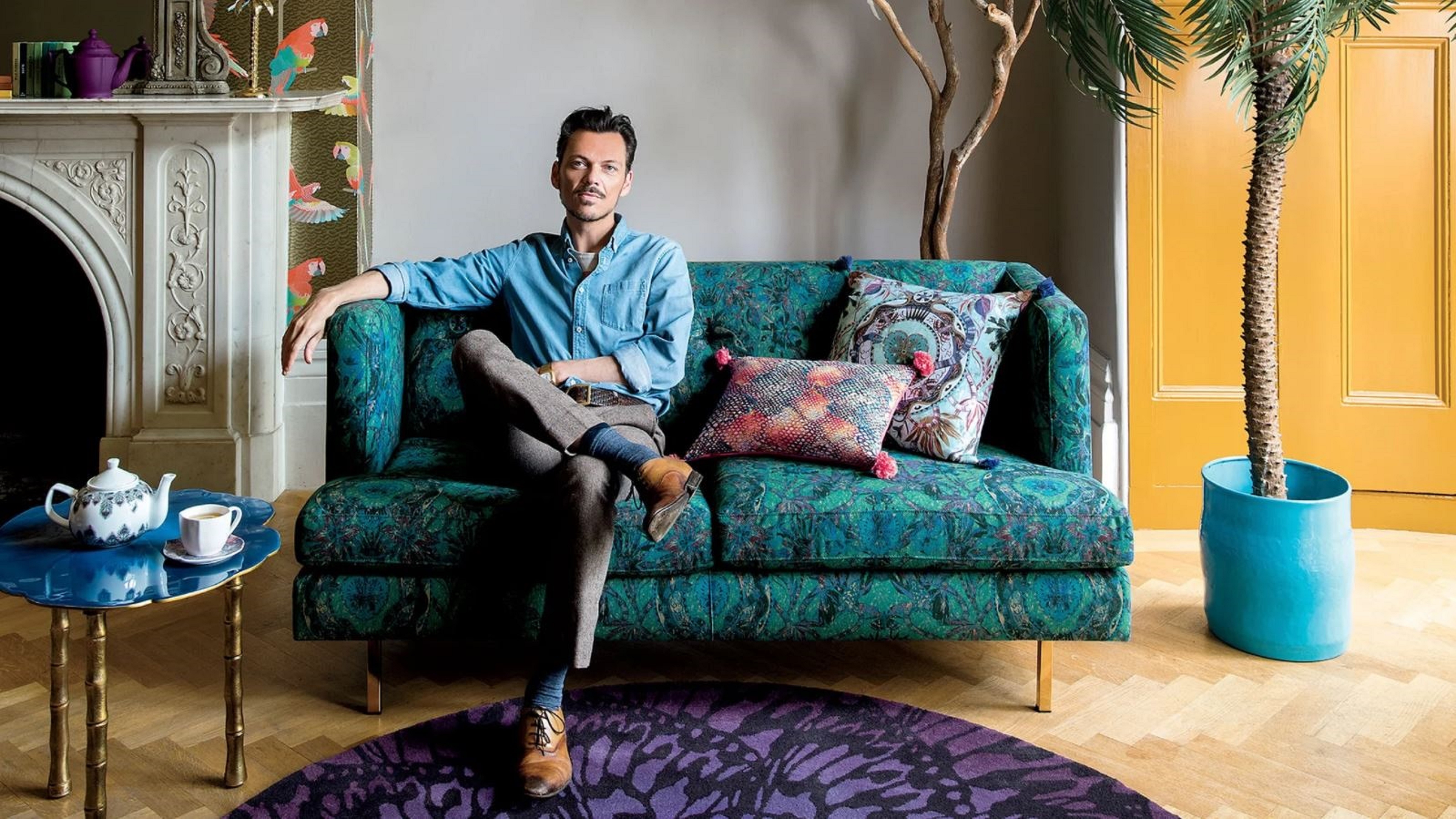
Matthew Williamson is an award-winning British interior designer, known predominantly for his unique and unrivalled use of pattern and colour. Having begun his illustrious career in fashion under his namesake brand over 20 years ago, Matthew has drawn on his decades of experience and pivoted seamlessly into the world of interior design. He now develops several homeware collections to sit his growing residential and commercial interior design portfolio. His latest achievements are the launch of his first interiors book, Living Bright, a personal guide to embracing colour, and the Design Kitchen, a newly designed space for the Design Museum in Kensington, London.
4. Create a sense of openness with neutral tones
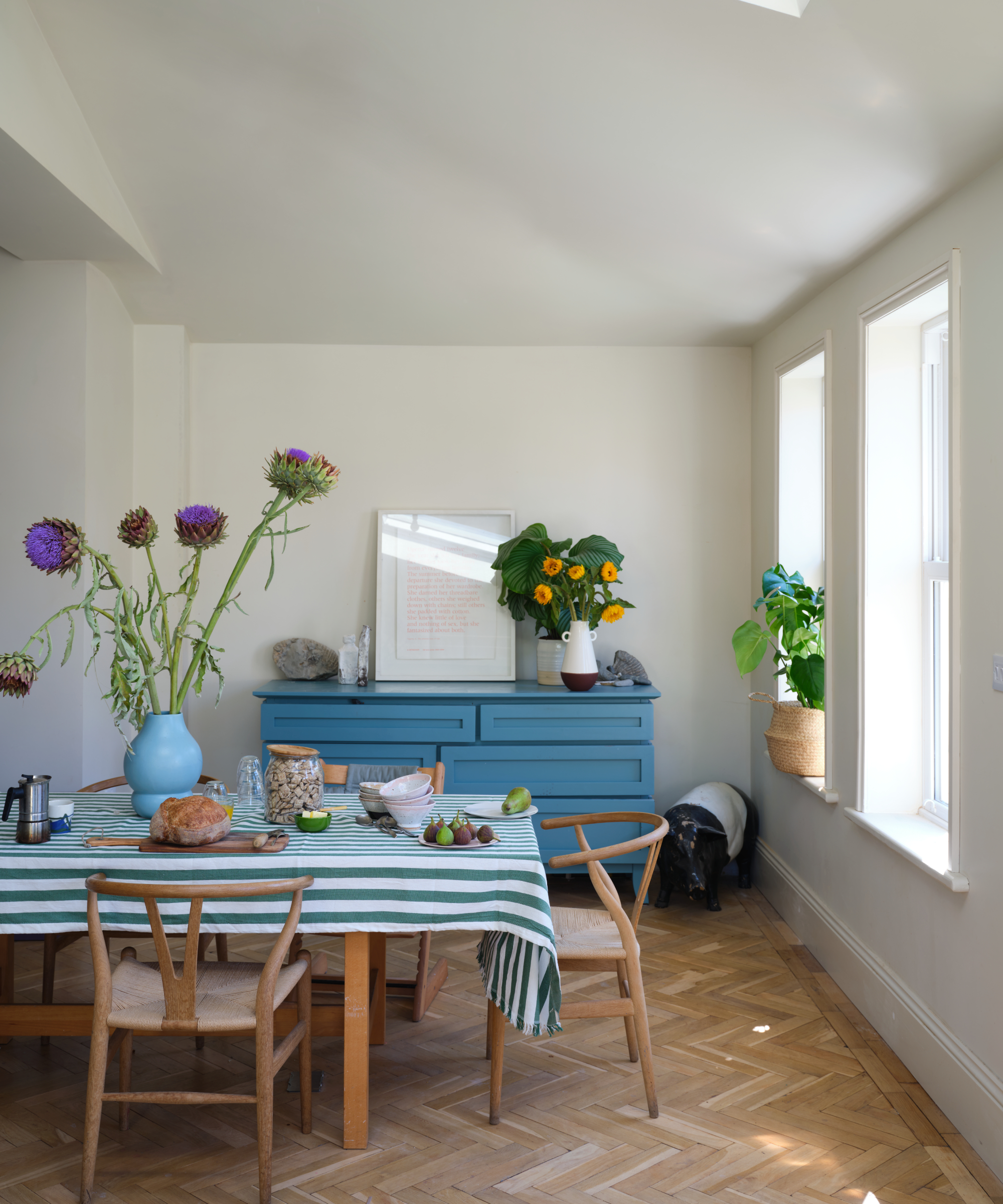
Brighter colors can be wonderful, but that’s not to say that there isn’t a place for lighter and more neutral colors, as Nick Cryer, founder of Berkeley Place, explains.
'In smaller spaces, it's crucial to create a sense of openness and lightness to prevent feelings of confinement. This can be achieved by ensuring that nothing obstructs the natural light coming through the windows. Opting for light or neutral paint colors for the walls, along with soft furnishings that reflect light, can also contribute to making the space feel larger.'
5. Prioritise quality over quantity

'Downsizing offers a unique opportunity to truly consider and appreciate the space you have,' says Matthew Williamson. 'It's a chance to prioritize quality over quantity and to curate your surroundings in a more intentional and stylish way. Embracing a smaller living space can lead to greater creativity and a deeper connection to your home. I always furnish spaces with items from different eras and mix-up styles, as it’s these spaces which, for me, feel comforting to be in. The more layers you have, the more interesting the overall effect will be.'
In smaller spaces, a focus on quality can also lead to a more curated space, as Cris Sega explains, '60% of my projects are kitchens in small houses and flats – my latest one being in an apartment in Chelsea, London. This particular kitchen had everything – a big pantry, a breakfast cupboard, a bench seat for a round table, integrated fridge-freezer, sink, dishwasher, single oven, hob with a stylish extractor above. It is surprising what you can fit in a modest space when the design is done with consideration.'
6. Keep only what you love and accept that you may need some new furniture

'The key to a successful downsizing is to really take stock of the furniture and decor that is going to serve you well in your new, smaller space,' explains Kathy Kuo, CEO of Kathy Kuo Home. 'The most stylish small space designs lean into the size of the home with furniture pieces that are designed to work well in a compact setting, rather than by shoe-horning larger pieces in where you can. For example, your smaller living room space might technically have space for the oversized L-shaped sectional you had in your bigger home, but it probably won't look as good as a smaller sofa that gives room to breathe around it.'
Amy Youngblood agrees, 'Select those key furnishings that you love and work with an interior designer to decide if they will work in your new space. Also, realize that even though you are downsizing you will probably need to purchase new items that fit your space better. Downsizing can be a great way to start over and have fun designing your new space.”
7. Be ruthless in your decluttering

We’re all guilty of keeping too much ‘stuff’ and it’s generally only when we come to move house that we realize quite how many items we own. Tara Brien and Julie Croll suggest that you, 'Ruthlessly pare down all your belongings and determine everything you can’t part with before you declutter and curate the clutter you do have to make it look intentional!'
It can be hard to start decluttering and it’s important to be kind to yourself, particularly when it comes to sentimental items. But by being methodical and going through each room in your existing house, you will still find plenty of things that you won’t want to drag to your new home. As Tara and Julie remind us, 'Think about the way you live right now, what's important to you. Think in spaces rather than rooms - a smaller home will feel more spacious when you make better use of every sq. ft, and this will make it feel more homely.'
Downsizing doesn't mean you have to give up your beloved furniture and change your style completely. With some careful curation of your belongings and a touch of creativity, your new smaller space will be a home you want to spend time in.

Jo Plumridge is a freelance writer and photographer with over 20 years of experience writing for a variety of magazines, websites and books. She writes, perhaps unsurprisingly, about photography, but also on all things interior design and sleep-related, alongside reviews of home and tech products. Jo loves exploring the latest design trends, although she’s yet to find a carpet that doesn’t show up the cat hair from the cats she and her husband foster.